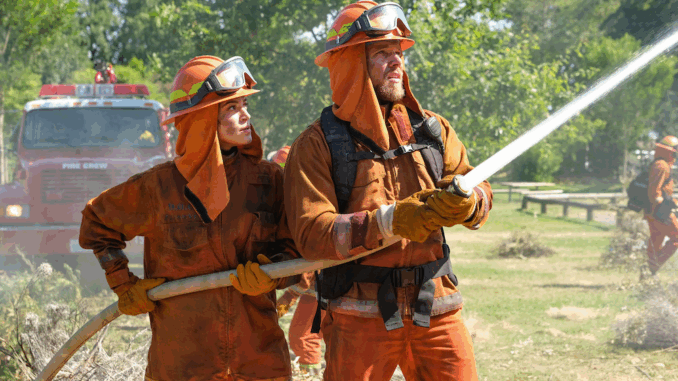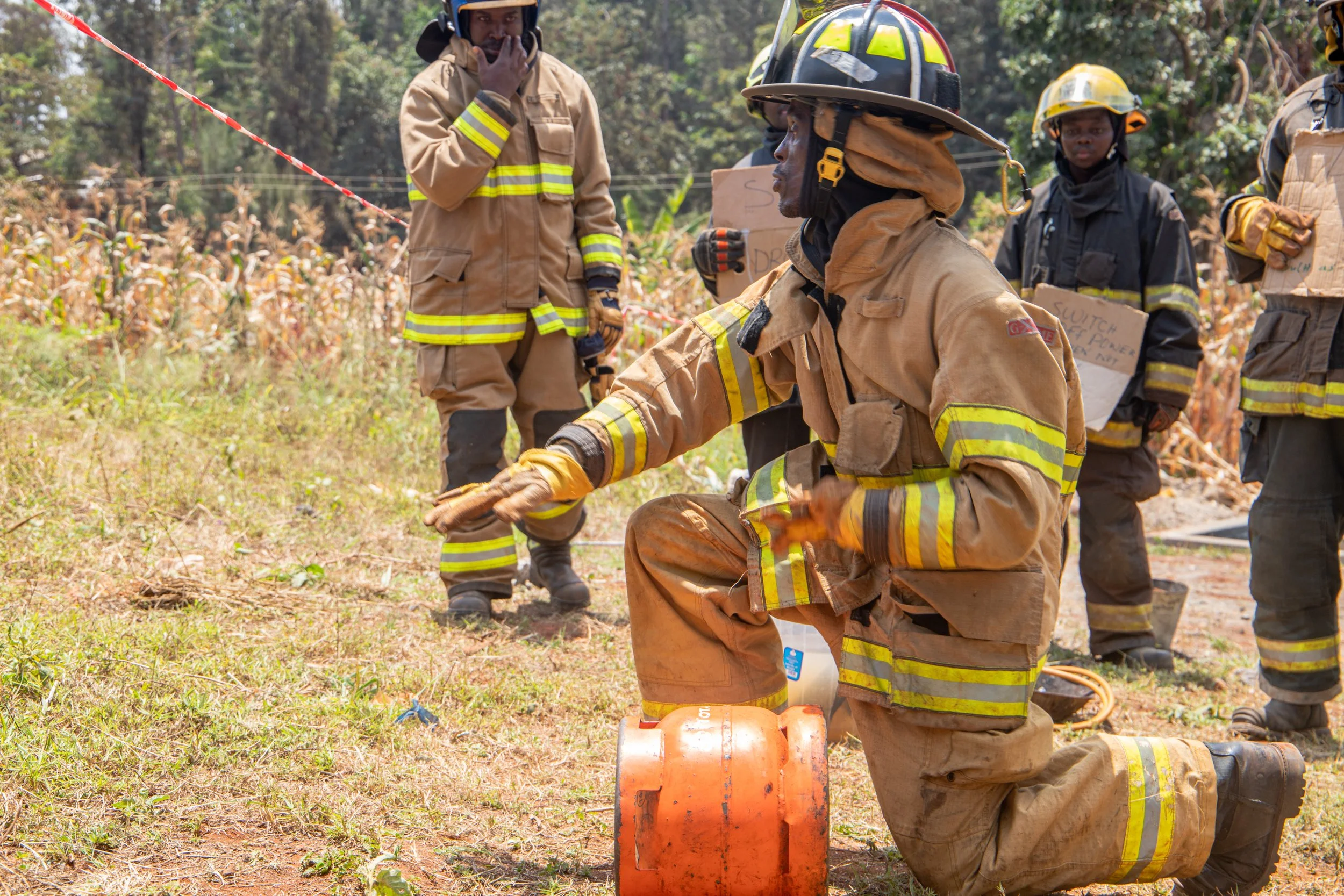
The Reality Behind the Fiction: How Truth Holds a Mirror to CBS’s Drama
Fire Country may be television drama—but its premise is grounded in a real-life firefighting program that employs incarcerated individuals in active fire suppression. While the show takes creative liberties for storytelling, the core concept reflects actual rescue efforts in California and beyond. Let’s explore what’s real, what’s dramatized—and why Fire Country matters beyond the screen.
1. 💼 Inmate Firefighter Programs Are Real—and Dangerous
Across California, and in other states like Oregon and Colorado, inmate firefighter crews—called Type 2 hand crews—do work alongside standard fire teams, especially in brush and wildland fires. These men and women perform grueling, high-stakes tasks like digging containment lines, clearing fuel, and rescue operations—often under extreme conditions. These programs serve dual purposes:
-
Reducing prison populations
-
Alleviating labor shortages during high wildfire seasons
Just like Fire Country depicts, these crews face real risks—and real skepticism from the public. But many former inmates report it was a transformative experience.
2. 🔁 Redemption and Rehabilitation, In Real Life
Several studies and personal testimonies show that participation in inmate firefighter programs reduces recidivism significantly. Former offenders who joined these crews are far less likely to re-offend after release. In some counties, the recidivism rate drops by over 40%. That’s not just dramatic redemption—it’s data-backed rehabilitation.
Psychological benefits mirror fictional arcs: participants often describe a sense of purpose, teamwork, and renewed dignity. Fire Country’s portrayal of Bode Donovan grappling with guilt and looking to earn redemption is emotionally fictional, but conceptually rooted in real-life transformations.
3. 🧱 The Pay Is Almost Symbolic

If you’ve seen Fire Country, you know the pay for inmate firefighters is minimal. In reality, inmates earn between $1 and $2 per day, plus a minute of sentence reduction per four hours spent fighting fires. They carry physical and emotional burdens—and for many, that minute-of-sentence credit is a lifeline.
This disparity highlights a powerful ethical debate:
Should individuals risking their lives receive more than symbolic compensation?
The show raises the issue subtly, but the real-world version prompts real-world reflections.
4. 👨🚒 Skills That Save Lives—Beyond the Fires
The experience gained in these programs often leads to new opportunities post-release:
-
EMT licenses
-
Fire technician certification
-
Community college courses in fire science
Many former participants become paid firefighters, emergency responders, or reach other public service careers—turning their time in the system into a launching pad for civic contribution. That arc mirrors what Bode, Jake, and others pursue on-screen.
5. 🏛 Why the Reality of Inmate Crews Matters to Fire Country’s Impact
By building a fictional world around this controversial yet mission-driven program, Fire Country opens conversations about redemption, restorative justice, and public safety. It asks tough questions:
-
Can redemption be earned—and deserved—without forgiveness from society?
-
Are we complicit in exploiting labor by paying so little for dangerous work?
-
Do these programs help or hinder healing?
When Fire Country hits dramatic peaks—like camp closures, personal betrayal, or sudden tragedy—it isn’t just good TV. It grapples with what real people risk, hope for, and grieve—every day.
Final Thoughts: What Fire Country Represents
At its best, Fire Country dramatizes a rare intersection of redemption and realism. It’s not just fictional drama—it’s a window into a controversial, underrepresented reality. The show gives faces and stories to people society often overlooks.
So when you tune in next and see the smoke rising behind the cast, remember: that fictional flame reflects real risks—and real transformation.
Would you like a follow-up piece on how fans or real firefighters have responded to Fire Country’s portrayal? Or maybe a comparison of the emotional journeys of Bode and real-life firefighter-inmates? Just ask!
